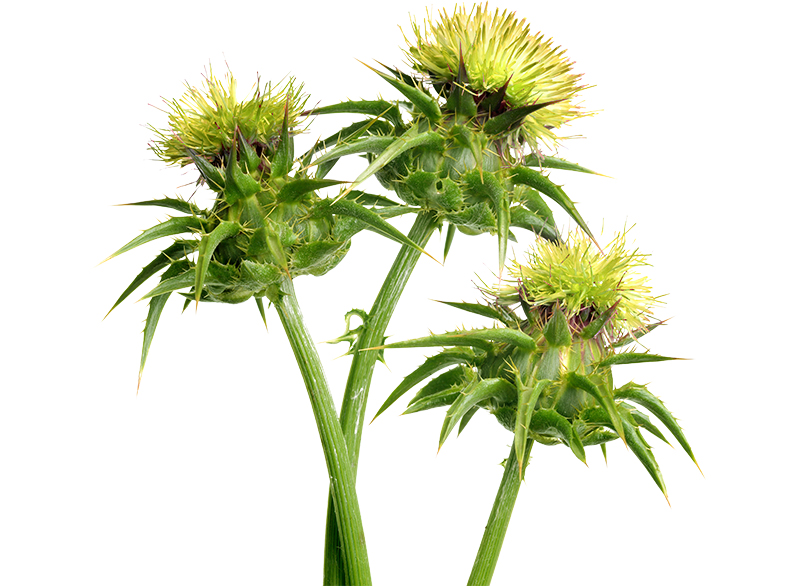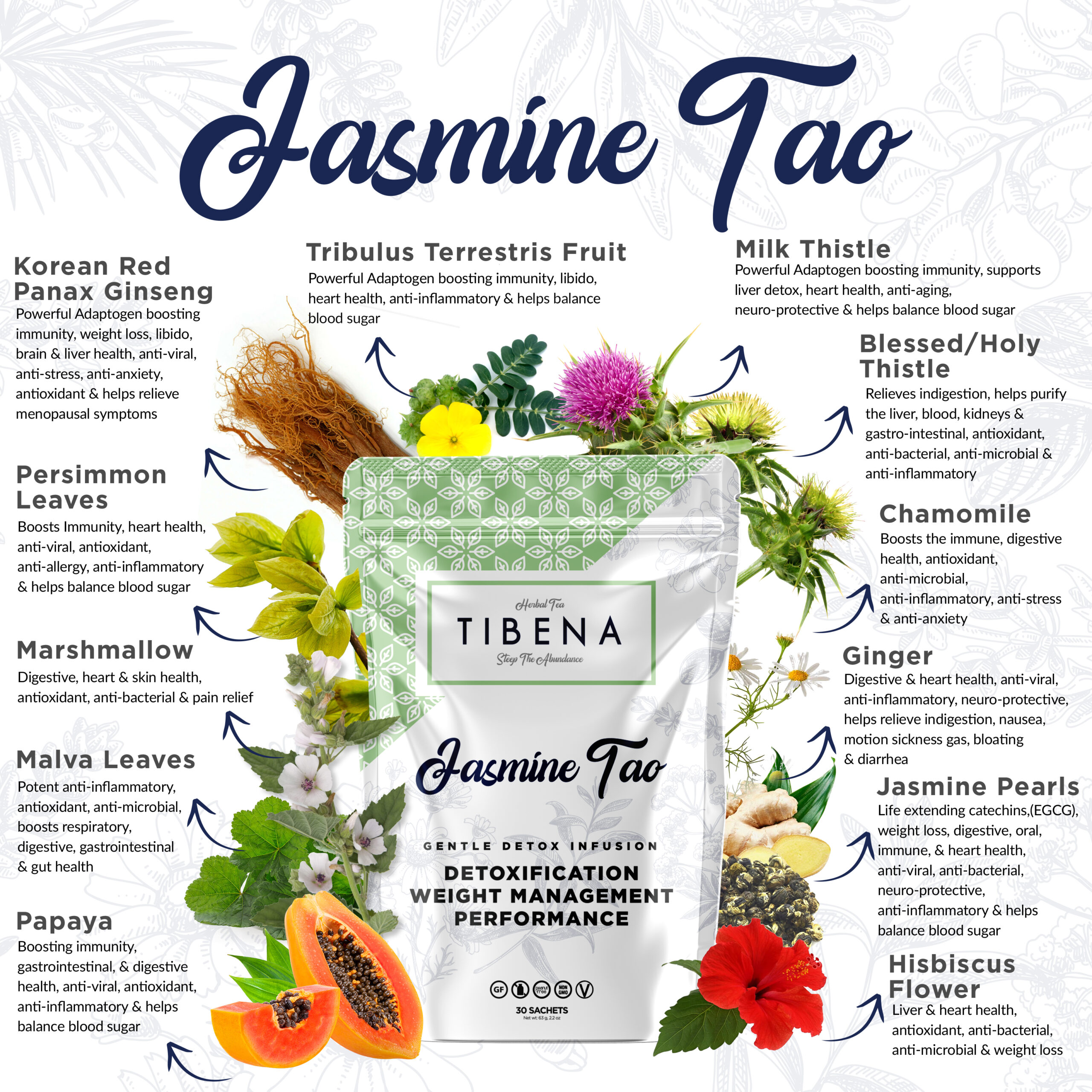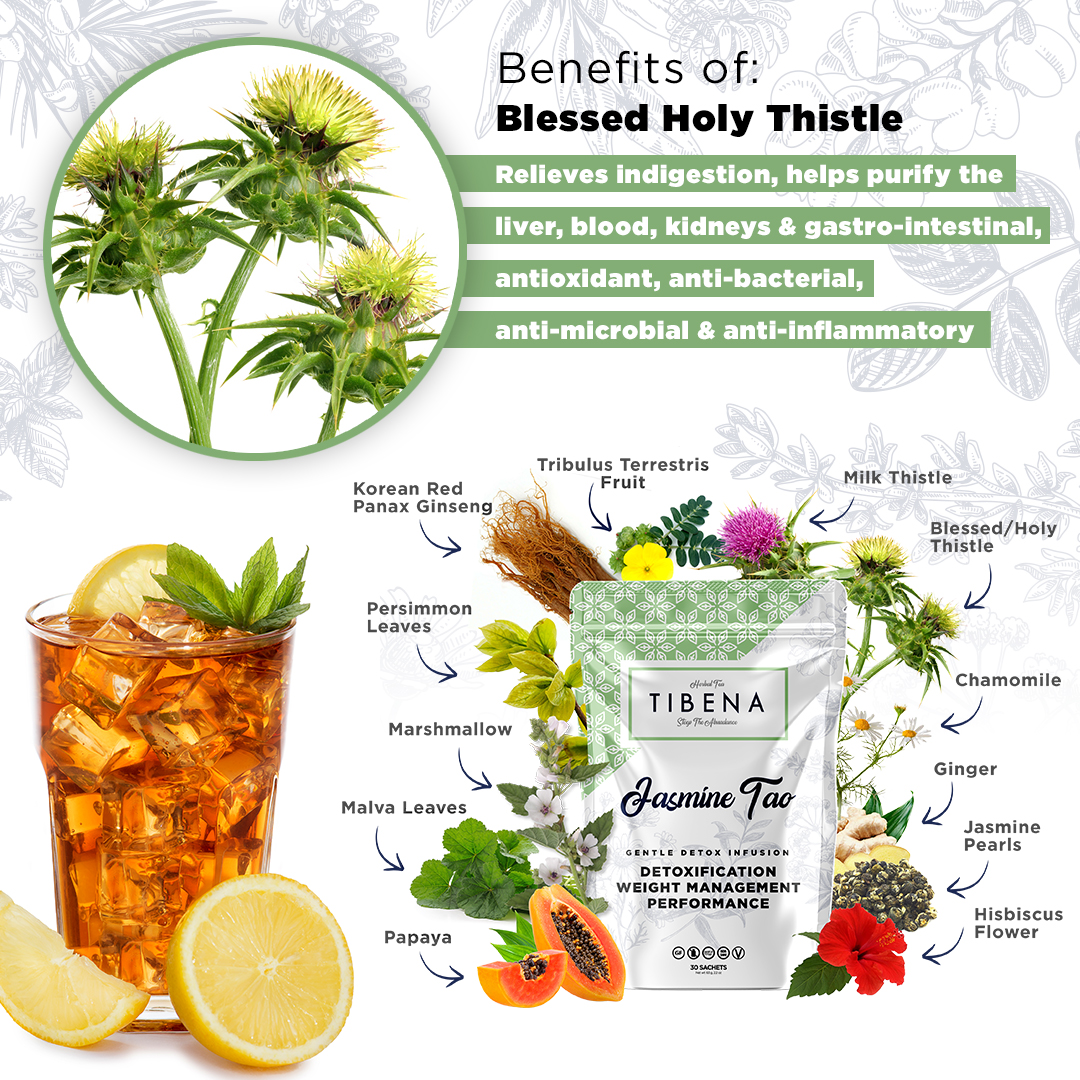
Studies have shown Potential Benefits:
Relieves indigestion, a potent bitter that helps purify the liver, the blood, the kidneys, promoting gastro-intestinal health, excellent for skin wounds. antioxidant, anti-bacterial, anti-microbial & anti-inflammatory
Blessed Holy Thistle
Blessed Holy Thistle: (Not Milk Thistle) Latin Name: Cnicus benedicyus is a member of the Asteracea, or daisy family. A potent bitter herb that helps purify the liver, gastro-intestinal, kidneys & used topically for skin problems. British and German Pharmacopoeias recognize that ‘bitters’, including blessed thistle, stimulate bile flow and cleanse the liver.
Blessed Holy Thistle has been revered since the Middle Ages used to treat the bubonic plague in Europe for its healing properties. Today, prepared as a tea as a purifying tonic, digestive stimulant, loss of appetite, indigestion, treating colds, cough, fever, bacterial infections, diarrhea, a diuretic and enhancing the flow of breast milk in new mothers. This herb is approved by the German Commission E for its ability to increase appetite, relieve indigestion and support the healthy digestion. The British Herbal Compendium indicates its use for loss of appetite, anorexia and “flatulent dyspepsia.” Blessed Holy Thistle is an approved food additive in the United States as it is often found in liqueurs such as Benedictine. The flowering plant’s blossoms, leaves, and stems have been used for soothing indigestion. It contains cnicin, a compound found in bitter herbs. Bitters help stimulate the secretion of digestive juices and the breakdown of fats and assisting in the assimilation of nutrients. Proper digestion is the foundation of health.
First recorded use in Ayurvedic medicine, By the early sixteenth century, it was cultivated widely in monastery gardens. It was considered a “heal all” and tonic among the Benedictine monks of the 14th century. William Shakespeare himself, the great playwright-poet, mentioned blessed thistle (in a tincture) as a remedy in Much Ado About Nothing:
“Get you some of this distilled Carduus Benedictus (blessed thistle), and lay it to your heart: it is the only thing for a qualm.”
In 1653, “The Complete Herbal” by Culpepper recommended for the treatment of simple headaches increasing circulation, helping with brain stimulation and decreasing foggy thinking.


https://www.tandfonline.com/doi/full/10.3109/13880209.2014.942788 – Blessed thistle is part of the Asteraceae family of plants. This family have measurable antibacterial, antifungal, and anti-inflammatory properties. This suggests that there’s some science behind the traditional use of blessed thistle as a topical treatment for minor cuts and wounds.
https://pubmed.ncbi.nlm.nih.gov/22557343/ – Antioxidant and Antitumor benefits
https://pubmed.ncbi.nlm.nih.gov/4665015/ – Antibiotic and Cytotoxic benefits
https://medlineplus.gov/druginfo/natural/94.html – Traditional uses: Loss of appetite, indigestion, colds, cough, fever, bacterial infections, diarrhea, diuretic
https://www.webmd.com/vitamins/ai/ingredientmono-94/blessed-thistle – Prepared as a tea and used for loss of appetite, indigestion, colds, cough, fever, bacterial infections and diarrhea.
https://www.herbal-supplement-resource.com/blessed-thistle-herb.html –
https://pubmed.ncbi.nlm.nih.gov/9759559/ – Blessed thistle contains tannins, which are water-soluble polyphenols that help protect the body against oxidation and support healthy digestion.
https://www.researchgate.net/profile/Wendy_Weissner/publication/247896516_An_Evidence-Based_Systematic_Review_of_Blessed_Thistle_Cnicus_benedictus_by_the_Natural_Standard_Research_Collaboration/links/00b7d533252fcb0128000000/An-Evidence-Based-Systematic-Review-of-Blessed-Thistle-Cnicus-benedictus-by-the-Natural-Standard-Research-Collaboration.pdf – Blessed thistle (Cnicus Benedictus), known as Holy Thistle, St. Benedict’s thistle, or spotted thistle, received its Latin name from the Benedictine monks who cultivated the plant in Medieval Europe for treating symptoms such as boils caused by the Black Death (Plague). It’s Latin name, “Cnicus,” from “knizein,” meaning “to torment,” refers to the plant’s prickly leaves. “Benedictus” means blessed.
https://pubmed.ncbi.nlm.nih.gov/9759559/ – Tannins – Blessed thistle contains tannins, which are water-soluble polyphenols that help protect the body against oxidation and support healthy digestion
